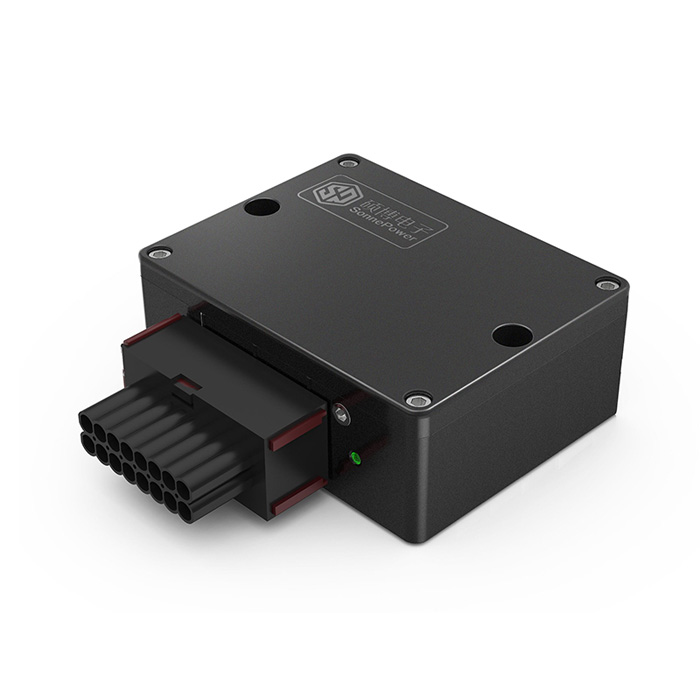What are Radiant Tubes?
If you are involved in a project that requires components to function in extremely high-temperature conditions, surpassing 1,200 °F (670 °C), it is imperative to consider utilizing heat-resistant castings. However, it is essential to understand that not all heat-resistant products are alike. Several factors need to be taken into account when choosing the most appropriate component for your specific industry and needs. Among the diverse range of heat-resistant products on the market, radiant tubes emerge as a promising solution. Continue reading to explore the potential benefits they can bring to your project!
What are Radiant Tubes?

A radiant tube is a very important part of furnaces that are used for the heat treatment of other metals. The efficiency of a heating system is determined not solely by the furnace burner, but also by the crucial role played by radiant tubes. These tubes are designed to transfer heat to the load through irradiation. The process involves the generation of combustion fumes by the burner, which are then directed through the tubes, facilitating the heat exchange. To meet specific requirements, service temperatures, and furnace atmospheres, a variety of heat-resistant materials are utilized, offering different sizes and shapes for the radiant tubes.
Why use them?
Radiant tubes are commonly used in furnaces. These tubes play a critical role in the heat transfer process and overall efficiency of the furnace. Here are some key reasons why radiant tubes are utilized in furnaces:
Temperature Uniformity: They are able to reach process temperatures up to 2000 °F (1200 °C) and maintain temperature uniformity.
Precise Temperature Control: When dealing with high-temperature applications, precise temperature control is crucial to avoid overheating or underheating the materials being processed. Radiant tubes enable better temperature control, ensuring the furnace operates at the desired temperature range of 2000 °F (1200 °C).
Heat Transfer Efficiency: At these elevated temperatures, radiant heat becomes even more critical for efficient heat transfer. Radiant tubes are designed to emit intense thermal radiation, which directly heats the surrounding objects and furnace chamber, ensuring effective heat transfer and uniform heating.
Featured content:What is precision surface finishing?
What is bellow seal globe valve?
What is slab gate valve?
What is precision surface finishing?
Why are ball bearings so important?
Why does a spring lose its energy when compressed for a long time?
How Do You Make a Tension Spring Stronger?
Applications of Radiant Tube:
Radiant tubes serve a crucial role in maintaining a stable furnace atmosphere and preventing chemical alterations are essential. Industries such as steel, chemicals, and ceramics frequently rely on these specialized tubes to meet their specific requirements.
Industrial Furnaces: Radiant tubes are extensively used in industrial furnaces for applications like annealing, tempering, brazing, and heat treating of metals. The tubes ensure efficient and uniform heat distribution, leading to consistent results in the heat treatment process.
Heat Treatment of Steel and Non-Ferrous Metals: In the steel and non-ferrous metal industry, radiant tubes play a crucial role in processes such as carburizing, hardening, and annealing. Their ability to provide high-temperature heating in a controlled manner makes them ideal for achieving the desired material properties.
Ceramic and Glass Industry: Radiant tubes are used in ceramic and glass kilns to ensure precise and uniform heating of the materials during firing and annealing processes.
Petroleum and Chemical Processing: In the petroleum and chemical industries, radiant tubes find application in processes like cracking and reforming. They aid in providing the necessary heat for chemical reactions.
No matter your industry or application, we can provide you with high-quality radiant tubes that are competitively priced and delivered on time!
How do I know if my Hydraulic Solenoid Valves is bad?
How does a Vertical Slurry Pump handle abrasive materials?
What is a 45 degree elbow?
Brake Shoes vs Brake Pads – Differences Explained
Choosing the Right Swimming Pool Heat Pump: Factors to Consider
Everything You Need to Know About Lamination
What is the purpose of the ball valve?
456
0
0
All Comments (0)
If you are interested in sending in a Guest Blogger Submission,welcome to write for us!





Comments